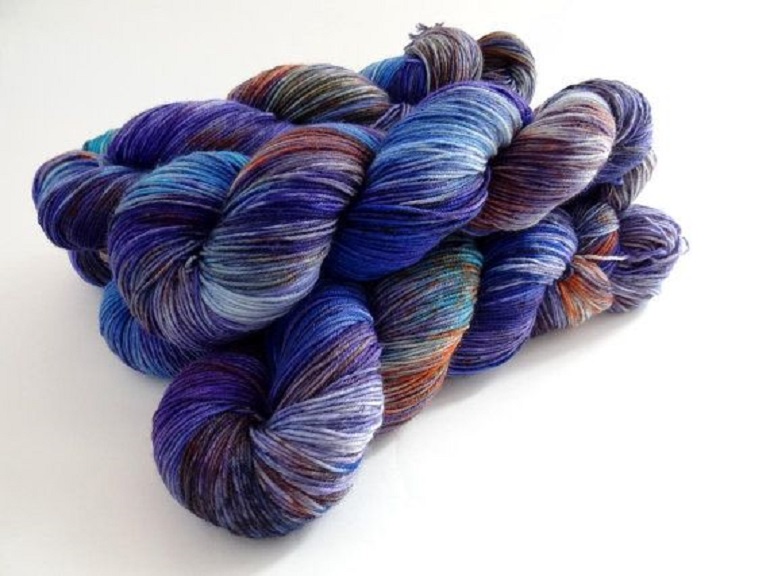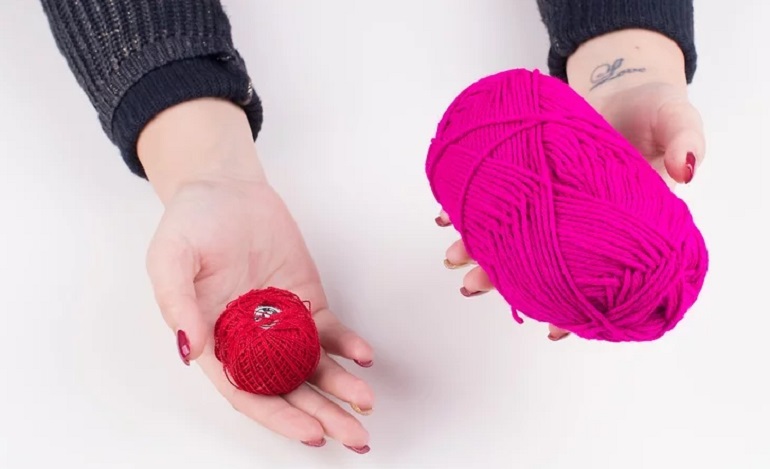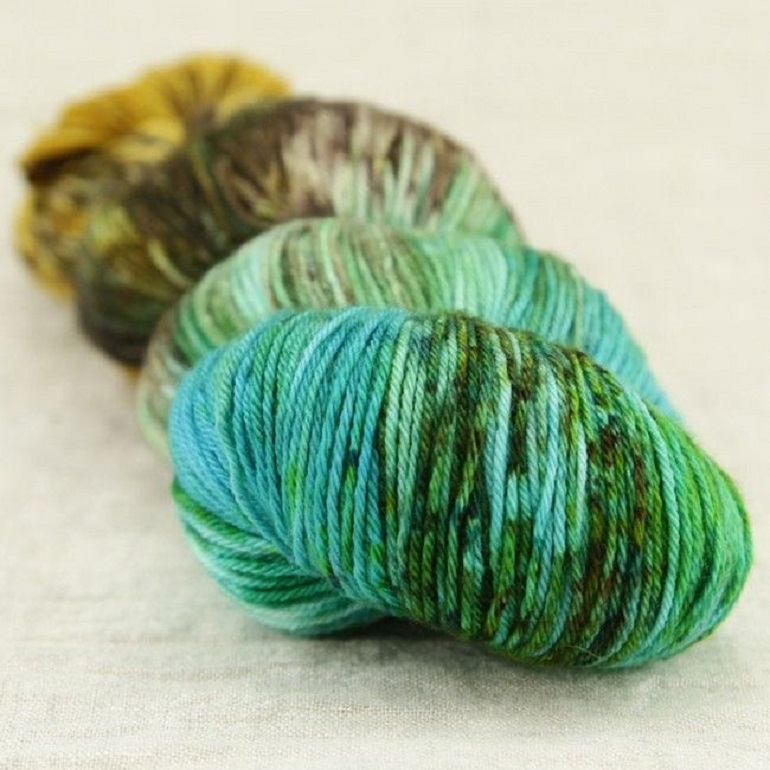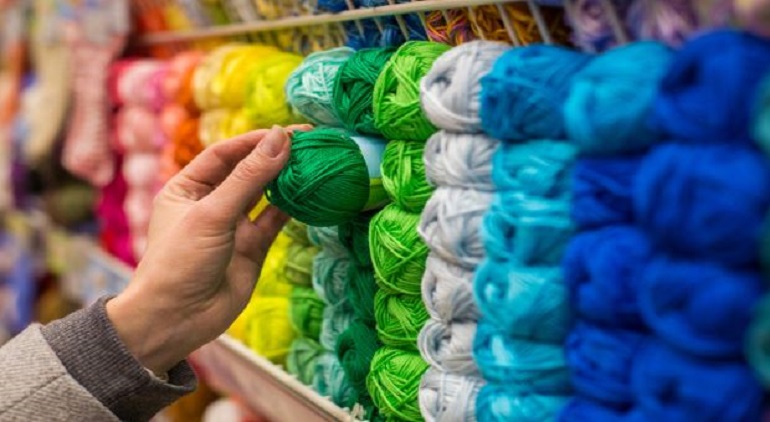Yarn: The Basic Component of Knitting Projects
When looking for a fun hobby that’s productive at the same time, many opt for knitting. Though it might seem a bit difficult for beginners, the rewards that come from getting a hold of it are immense, especially when you choose to do knitting projects for others (could be your loved ones, could be for a cause!). It’s also a hobby that has its benefits on personal and social wellbeing, the perfect activity that can help one de-stress!
I know because that’s what happened in my case. I didn’t think much of my knitting skills until I started knitting socks and scarves for my family, and feeling great about it! It took me a while to get into the world of this hobby, especially when remembering the steps of the patterns, a process which involved more mistakes than I imagined, but it was worth it.
And then there was choosing a suitable yarns for the specific items. Before I delved deeper into knitting, I was thinking of yarn only in terms of colour and texture, and the more I understood it, the more I started focusing on brands and specs.
Unique items call for high-quality yarns as the basic and most important component, particularly when you want to surprise someone with a well-crafted scarf or similar heartfelt DIY gift. So, after doing my homework on national brands, I came across the gorgeous yarns by Wren and Ollie famous for their sophisticated dyeing method. Need I say I’ve been a fan ever since?!

Reasons to Choose Wren and Ollie
As an independent studio in South Australia, they’ve become known for their yarns because of the vast array of colours and tones they come in, from bright to subtle, as well as variegated. And because they’re hand-dyed, there are some slight differences in the colouring which makes them all the more unique. If you love to play with colours, as much as fibre creator Mia at Wren & Ollie does, then this makes a great option for you.
Additionally, I’ve come to love their yarns also for their fibres. Made predominantly of superwash merino wool, thinner and softer than usual wool, they’re ideal if you want to introduce into your lifestyle more natural fabrics with the same beneficial properties bamboo offers.
Though this type of wool has tensile fibre strength, some of their yarns are further enhanced with a percentage of nylon because of its hard-wearing toughness. This kind of mix gives the knitted items outstanding properties like comfort, warmth and durability!
Other properties I appreciate about this wool, in particular, are thermoregulation, easy-care, odour neutralisation, UV protection, absorption and sustainability. Not surprisingly, such qualities make Wren and Ollie ideal for crochet projects as well! While I still haven’t had the wish to invest my talent and time in it, since I’m quite happy with knitting for the time being, I’m not completely giving up on the idea of looking up crocheting projects to try one day.

How to Choose the Yarn
After you’ve found your favourite brand, it’s time to look for the yarn type suitable for your needles and patterns. What I love about knitting today is the fact it’s very easy to find info on patterns and the specific yarn they work with, which comes in handy especially with beginners. So, if you don’t know how to go about it, choose a pattern you like the most and let that be your guiding point.
In addition, my advice is to understand knitting terminology, such as plies and gauge if you want to choose the best yarn besides focusing on its colour and texture.
Plies – The fibres a yarn is made of (could be of animal, plant or synthetic origin) are interlocked into what is known as plies, making strands of a thicker form. The number of the plies implies the weight, from finest (1 ply) to heaviest (12 to 14 ply).
Each of these weights is suitable for specific knitting projects; for instance, the finest is ideal for lace designs, followed by knitting socks, hats, gloves in the case with superfine, fine and light. Medium, which is up to 10 ply, is a yarn that works great with sweaters and scarves, whereas the bulky and super bulky is perfect for throws and blankets.
Now that I’m done with knitting for loved ones, as they’re all covered with essentials like hats, socks and mittens, I’m thinking of helping out wildlife affected by wildfires by knitting them blankets. Time to buy some bulky yarn!

Gauge – Basically a measure of how big the stitches are, the gauge indicates the specific number of stitches and rows over inches or centimetres, and as a result there’s also the indication on the needle most suitable for the specific pattern.
As I learned it the hard way, just because two yarns have the same gauge doesn’t mean they’re great to be used together for garments. There might be differences in their texture and fibre, so be careful with this when you look for alternatives. If you feel like calculating the exact number of stitches and rows yourself, divide the gauge number by 4.
Don’t forget to look for further info on the label of a yarn, paying attention to the length (listed as amount), as well as the care instructions so you’d know beforehand how to care for the items once they’re done. In case of doubt, ask the retail store or fibre creator you’re buying the yarn from for advice!

